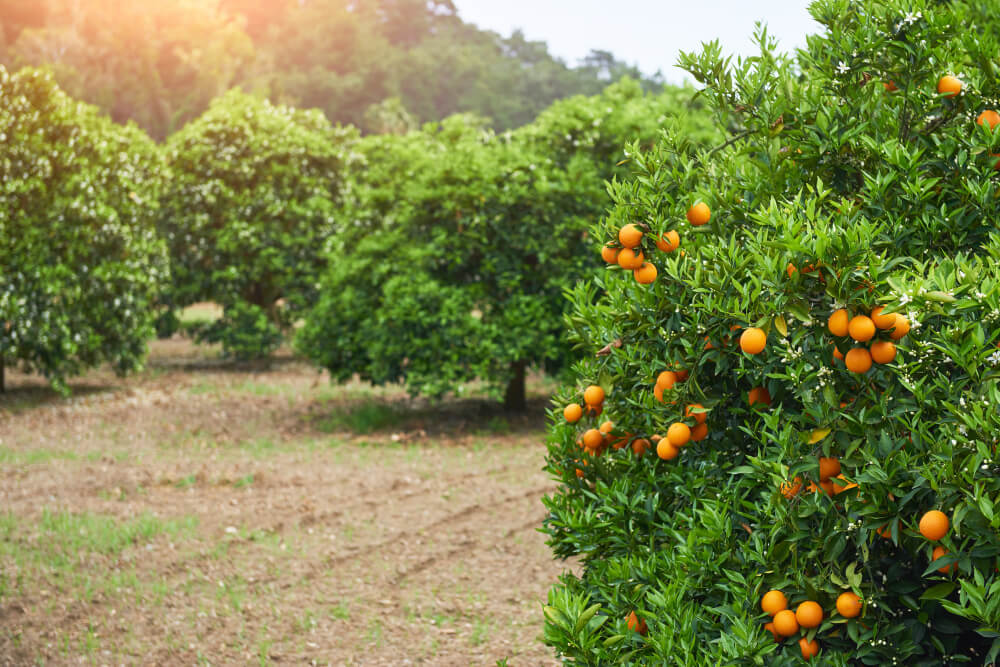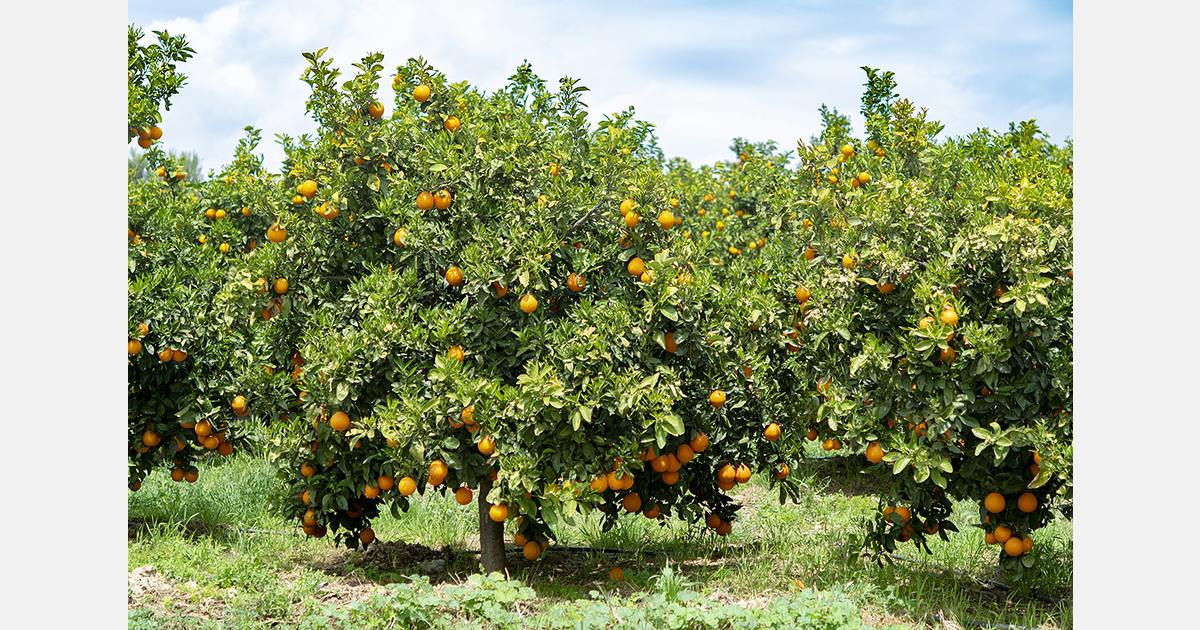“Citrus is more than just a fruit—it’s an opportunity for job creation, foreign exchange, and farmer empowerment.”
— Dr Fidelis Mwazi, CEO, Namibia Agronomic Board
In a bold move to reshape its agricultural landscape, the Namibian government has pledged an investment of N$250 million over the next five years to revitalise its citrus industry. Spearheaded by the Namibia Agronomic Board (NAB), this initiative seeks to reduce citrus imports, create jobs, and enhance Namibia’s export potential in a market ripe for growth.
The announcement was made at a recent strategic stakeholder engagement hosted by NAB. The event brought together players across the citrus value chain: nursery owners, smallholder and commercial farmers, exporters, trade associations, and government bodies like the Ministry of Agriculture, Fisheries and Land Reform and the Namibia Investment Promotion and Development Board (NIPDB).
A Citrus Sector Full of Potential
Namibia currently imports 96% of its citrus fruits, worth N$57.6 million annually. Although citrus is the third-most consumed fruit in the country after apples and bananas, local production remains relatively low. In 2024, only 1,783 tonnes of citrus are expected to be harvested, with 150,515 commercial citrus trees planted nationwide.
Dr Fidelis Mwazi, NAB’s CEO, emphasised that this investment marks a turning point for local producers.
“Namibia cannot continue to rely on imports. With the right investment in nurseries, packhouses, and extension support, we can shift the tide.”
Breakdown of the N$250 Million Citrus Investment (2025–2030)
| Area of Focus | Description |
|---|---|
| Nursery Development | Establish local nurseries for quality seedling propagation |
| Research & Extension | Provide farmer training, technical support, and innovative R&D |
| Infrastructure Support | Upgrade irrigation systems, packhouses, and cold chain facilities |
| Regulatory Systems | Ensure compliance with export standards and enhance quality control |
Growing for the Region and the World
Though exports to South Africa and Angola generated N$23.9 million in 2024, Namibia still imports over N$136 million worth of citrus planting material, highlighting a dependency the NAB is keen to reverse.
Dr Mwazi said citrus farming in Namibia is mainly concentrated in the Karst, Central, South, and Orange River regions. About 70% of citrus is sold via formal markets, while 30% goes through informal channels. The sector already benefits from a national citrus standard, and many citrus varieties are gazetted as controlled products under the Agronomic Industry Act.
“This investment is not just about fruit. It’s about uplifting farmers, building rural economies, and making Namibia a recognised player in citrus farming.”


Vision for the Future
As part of its strategic shift, the NAB has also revised its vision and mission. The updated mission highlights legislative effectiveness, research, and industry facilitation, while the new vision promotes global recognition through ISO-standard compliance.
The stakeholder engagement concluded with a site tour of the Koedoebos Sitrus Pakhuis, a modern packhouse showcasing the potential of a well-supported citrus value chain.
Namibia’s N$250 million citrus strategy is a visionary step toward building a self-sufficient and competitive horticulture sector. For farmers, exporters, and the broader agri-economy, it offers a golden opportunity to cultivate not only fruit—but lasting impact.